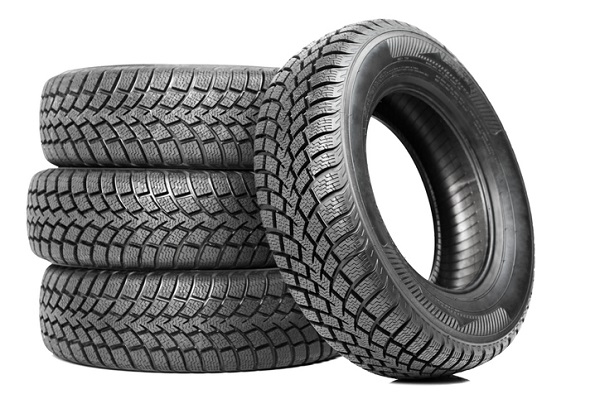3 Different Kinds of Tires You Need to Know for Mechanic School
When determining which tires are best for a car, there’s plenty you need to keep in mind. Are these tires better for a specific season, or can they be used year-round? Are they manufactured for certain vehicles? What are the tires’ tread patterns? What’s the overall nature of their construction? Once you’ve found the answers to these questions, you can figure out which ones can be best suited for your clients’ vehicles, and why they’re the best fit.
While there are a number of different types of tires out there for different cars and different situations, we’ll be looking at a few of the most common ones to help give you a better understanding of how they work, and what they’re best used for. Here are three different types of tires you should know about before beginning your studies as a mechanic.
All-Season Tires: What Mechanic School Graduates Should Know
Driving with all-season tires will give clients solid handling and traction at just about any time of year, and a comfortable ride to boot. All-season tires are standard for most cars and are typically what drivers receive when they purchase new tires. They are considered to be best for common vehicles like SUVs and mainstream cars.
All-season tires can manage well when driven in wet and dry environments, despite not being ideal during extreme weather conditions. Defined by their circumferential grooves and symmetrical tread pattern, these tires may not stand out in any particular area, but do many things fairly well. Thus, their well-rounded performance and lengthy mileage make them a good option for drivers.
Winter Tires: When Drivers Need to Brave the Elements
With the sipes and circumferential grooves necessary to give drivers as much grip and traction as possible during the snowy, icy months of the year, winter tires are a must for any driver in a colder climate — or at least, temperatures below 7 degrees Celsius.
Anyone working in a locale with these conditions during their automotive mechanic career may recognize these tires for having a mountain and snowflake symbol on their sidewalls.There will also be more sipes on the tread than on all-season tires.
Winter tires are made of a rubber that doesn’t harden during cold weather and can come in studded or non-studded form. Studded tires are equipped with tiny metal studs to provide optimal traction while driving on icy roads. Non-studded tires also provide good grip and traction for drivers during winter, but are slightly less effective during particularly harsh conditions.
High Performance Tires: When a Client Wants to Go Fast
After mechanic school, you might encounter this type of tire with clients who feel the need for speed. High performance tires feature a strong sidewall and soft rubber, and are optimized for several purposes — namely, to provide durability during high speeds, a quick response, a bigger lateral and circumferential groove, and better grip than other types of tires.
With its maneuverability and handling among its biggest selling points, these tires are known for providing great traction in wet climates, as well as dense tread compounds to help give drivers better traction in any weather. Even if clients aren’t going to be driving on racetracks, these tires can still be helpful if they need to make quick turns or drive fast.
Want to learn how to become an auto mechanic?
Contact CATI to find out more!



